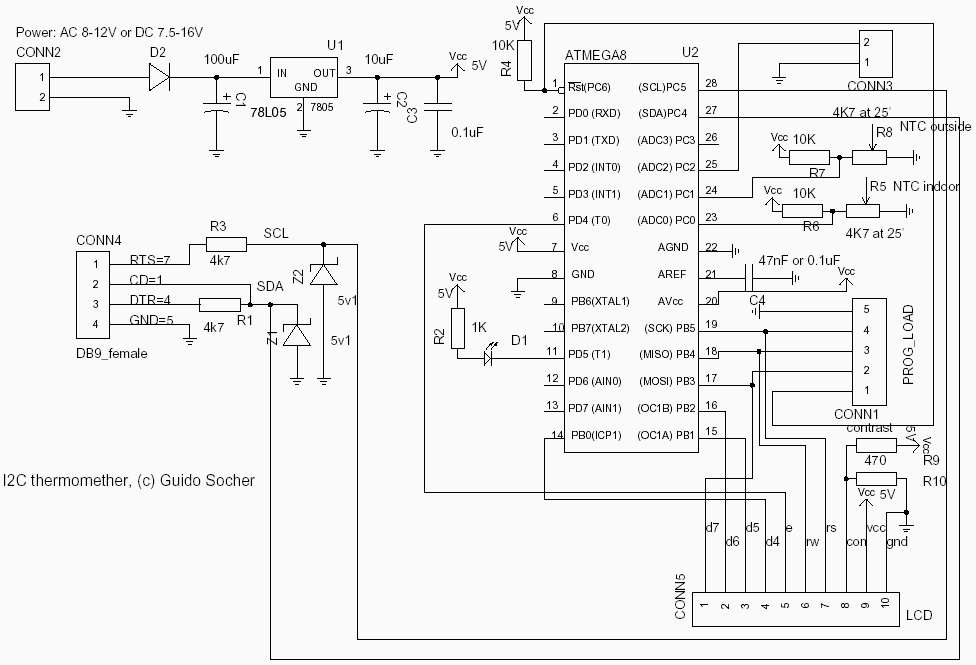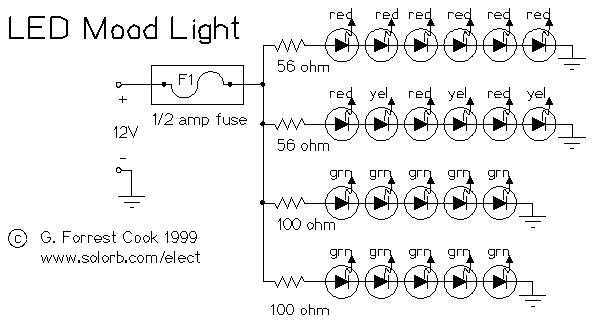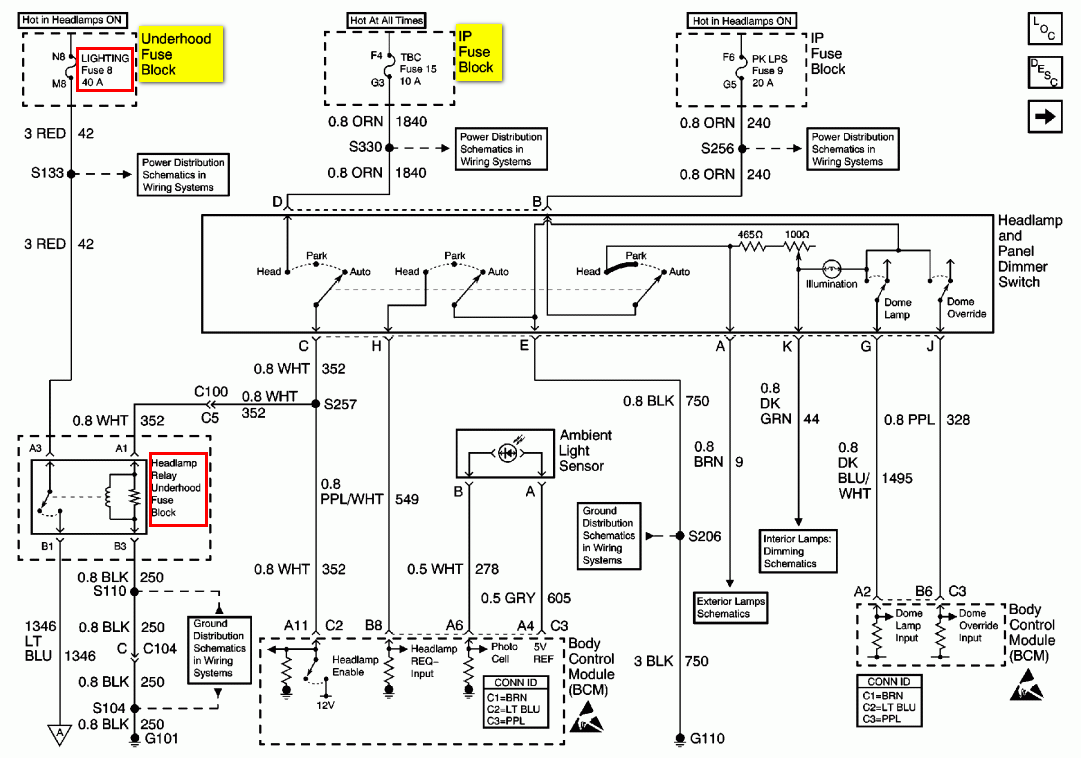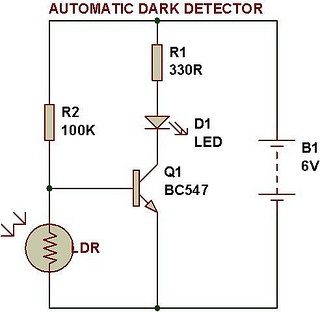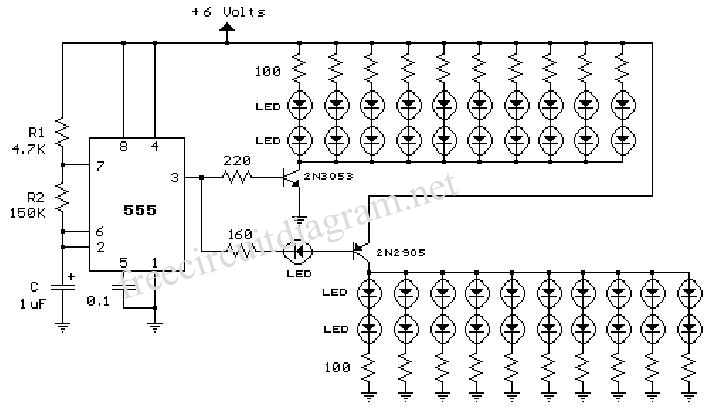
Traffic Light Controller

Four way Traffic light controller which Has Red, Yellow and Green LEDS. It uses the AT89C2051.
The four-way traffic light controller is an essential electronic system designed to manage traffic flow at intersections by controlling the operation of Red, Yellow, and Green LEDs. The core of this system is the AT89C2051 microcontroller, which is an 8-bit microcontroller from the 8051 family, known for its simplicity and effectiveness in handling control tasks.
The traffic light system operates in a cyclic manner, where each color LED is illuminated for a specific duration to ensure safe passage for vehicles and pedestrians. The Red LED signifies that vehicles must stop, the Green LED indicates that vehicles may proceed, and the Yellow LED serves as a warning that the light is about to change.
The circuit typically consists of the following components:
1. **Microcontroller (AT89C2051)**: This component is programmed to control the timing and sequence of the LED operation. It has a built-in oscillator and several I/O pins that can be configured to drive the LEDs.
2. **LEDs**: Three types of LEDs (Red, Yellow, Green) are used to indicate the traffic signals. Each LED is connected to a specific output pin of the microcontroller, allowing for individual control.
3. **Resistors**: Current-limiting resistors are used in series with each LED to prevent excessive current flow, which could damage the LEDs. The resistor values are selected based on the forward voltage and current ratings of the LEDs.
4. **Power Supply**: The microcontroller and LEDs require a stable power supply, typically 5V. This can be achieved using a voltage regulator if a higher voltage source is used.
5. **Timing Circuit**: The timing for each traffic light phase can be implemented using software timers within the microcontroller. The durations for Red, Yellow, and Green lights can be adjusted based on the specific traffic conditions or requirements.
6. **Optional Components**: Additional components such as push buttons for pedestrian crossing signals or sensors for vehicle detection can be integrated into the system to enhance functionality.
The programming of the AT89C2051 involves writing a code that defines the sequence of operations for the LEDs, including the timing for each light change. This code is typically written in assembly or C language and uploaded to the microcontroller via a suitable programmer.
In summary, the four-way traffic light controller utilizing the AT89C2051 microcontroller provides a reliable and efficient method for managing traffic at intersections, ensuring safety and order in vehicular movement. The design can be further enhanced with additional features based on specific traffic management needs.Four way Traffic light controller which Has Red, Yellow and Green LEDS. It uses the AT89C2051. 🔗 External reference
The four-way traffic light controller is an essential electronic system designed to manage traffic flow at intersections by controlling the operation of Red, Yellow, and Green LEDs. The core of this system is the AT89C2051 microcontroller, which is an 8-bit microcontroller from the 8051 family, known for its simplicity and effectiveness in handling control tasks.
The traffic light system operates in a cyclic manner, where each color LED is illuminated for a specific duration to ensure safe passage for vehicles and pedestrians. The Red LED signifies that vehicles must stop, the Green LED indicates that vehicles may proceed, and the Yellow LED serves as a warning that the light is about to change.
The circuit typically consists of the following components:
1. **Microcontroller (AT89C2051)**: This component is programmed to control the timing and sequence of the LED operation. It has a built-in oscillator and several I/O pins that can be configured to drive the LEDs.
2. **LEDs**: Three types of LEDs (Red, Yellow, Green) are used to indicate the traffic signals. Each LED is connected to a specific output pin of the microcontroller, allowing for individual control.
3. **Resistors**: Current-limiting resistors are used in series with each LED to prevent excessive current flow, which could damage the LEDs. The resistor values are selected based on the forward voltage and current ratings of the LEDs.
4. **Power Supply**: The microcontroller and LEDs require a stable power supply, typically 5V. This can be achieved using a voltage regulator if a higher voltage source is used.
5. **Timing Circuit**: The timing for each traffic light phase can be implemented using software timers within the microcontroller. The durations for Red, Yellow, and Green lights can be adjusted based on the specific traffic conditions or requirements.
6. **Optional Components**: Additional components such as push buttons for pedestrian crossing signals or sensors for vehicle detection can be integrated into the system to enhance functionality.
The programming of the AT89C2051 involves writing a code that defines the sequence of operations for the LEDs, including the timing for each light change. This code is typically written in assembly or C language and uploaded to the microcontroller via a suitable programmer.
In summary, the four-way traffic light controller utilizing the AT89C2051 microcontroller provides a reliable and efficient method for managing traffic at intersections, ensuring safety and order in vehicular movement. The design can be further enhanced with additional features based on specific traffic management needs.Four way Traffic light controller which Has Red, Yellow and Green LEDS. It uses the AT89C2051. 🔗 External reference
